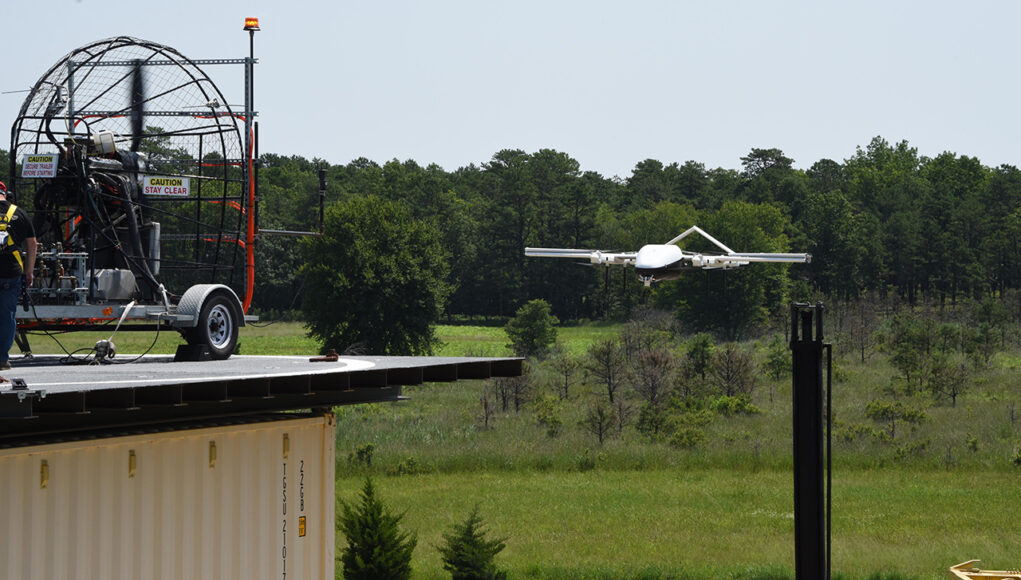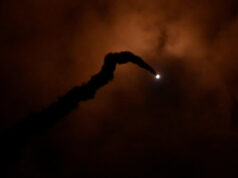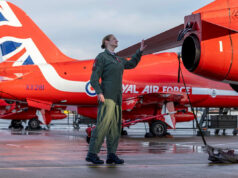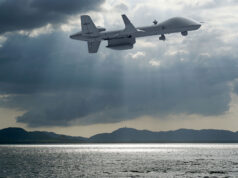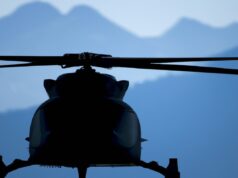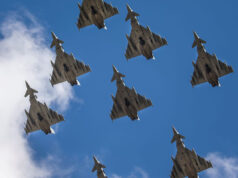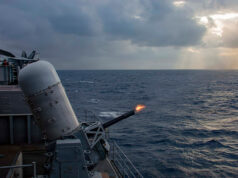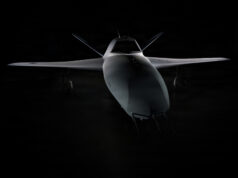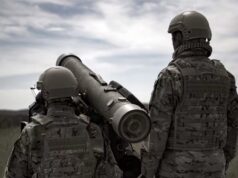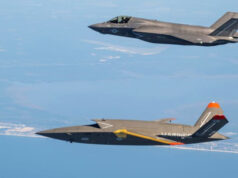Naval Air Warfare Center Aircraft Division (NAWCAD) Lakehurst has announced the expansion of its Ship Motion Platform (SMP), a testing site designed to simulate sea conditions for the development and training of Unmanned Aerial Vehicles (UAVs).
Since its commissioning in 2020, the platform has become a key tool for testing UAV launch and recovery systems, replicating the movement of ships in waves up to sea state 4, with wave heights ranging from 4 to 8 feet.
According to a news release, the SMP team, led by test engineer Rob Pellegrino, has worked to integrate the platform’s capabilities with surrounding test sites at Lakehurst, creating opportunities for more complex mission scenarios.
“The idea isn’t just to mimic ship landings, but to execute multipurpose missions within Lakehurst,” Pellegrino explained. The expanded testing capabilities allow UAVs to move between different locations at the base, offering more varied mission replication beyond simple shipboard landings.
One of the most significant recent advancements includes the successful evaluation of “Beyond-Visual Line of Sight” operations, in which UAVs were flown to the outer limits of Lakehurst airspace while being controlled from the SMP test site.
This expansion of UAV operation followed partnerships with the Air Test and Evaluation Squadron (UX-24) and air traffic control at Joint Base McGuire-Dix-Lakehurst (JB MDL), allowing UAVs to operate over a wider area, including successful landings at the Runway Arrested Landing Site (RALS).
A wind gust test, combining the SMP’s capabilities with the Environmental Test Lab’s equipment, has also demonstrated the platform’s unique ability to simulate ship conditions. While further improvements are needed, Pellegrino noted in the news release that the test met customer requirements and demonstrated the platform’s versatility.
In addition to its role in UAV testing, the platform has attracted interest from military stakeholders. Recently, the U.S. Marine Corps conducted risk-mitigation testing at Lakehurst, simulating small UAV landings on ships. The test was described as a “rousing success,” providing crucial data for future operational use.
Pellegrino sees this success as evidence of the platform’s value to both military and industry stakeholders, stating, “I can replicate a ship in a quantifiable and repeatable environment… We can use our site with relatively minimal interference to execute the test to your needs.”
As interest in UAV technology continues to grow, the Lakehurst SMP aims to establish itself as a long-term testing hub. “This isn’t a one-time capability. We’re here for the long haul,” Pellegrino emphasised, highlighting the platform’s role in supporting both the Navy and private industry in advancing UAV development and operational readiness.


